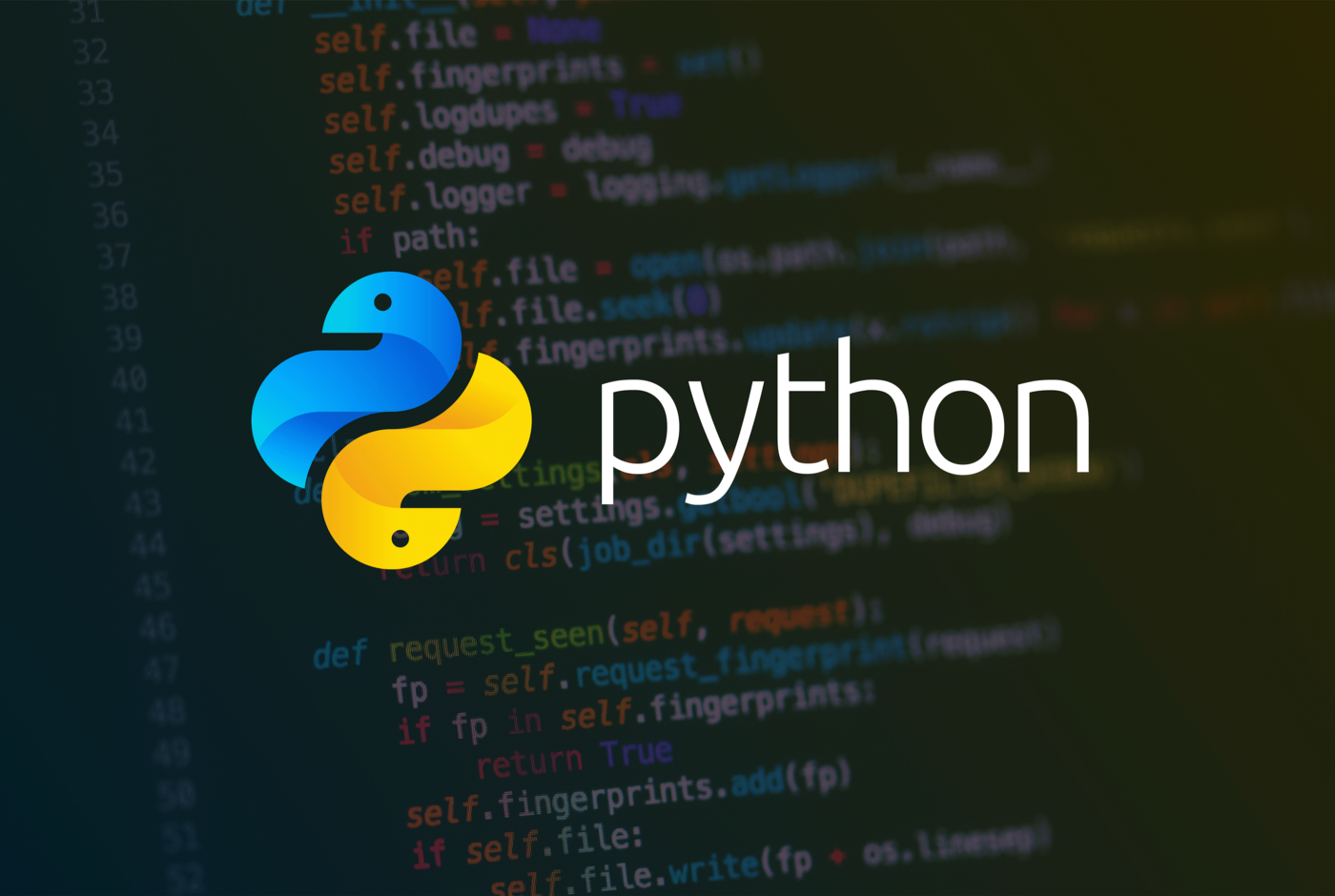
The Underworld Community has been supporting usage of Docker containers for developing and running Underworld powered scientific models.

The Underworld Community has been supporting usage of Docker containers for developing and running Underworld powered scientific models.
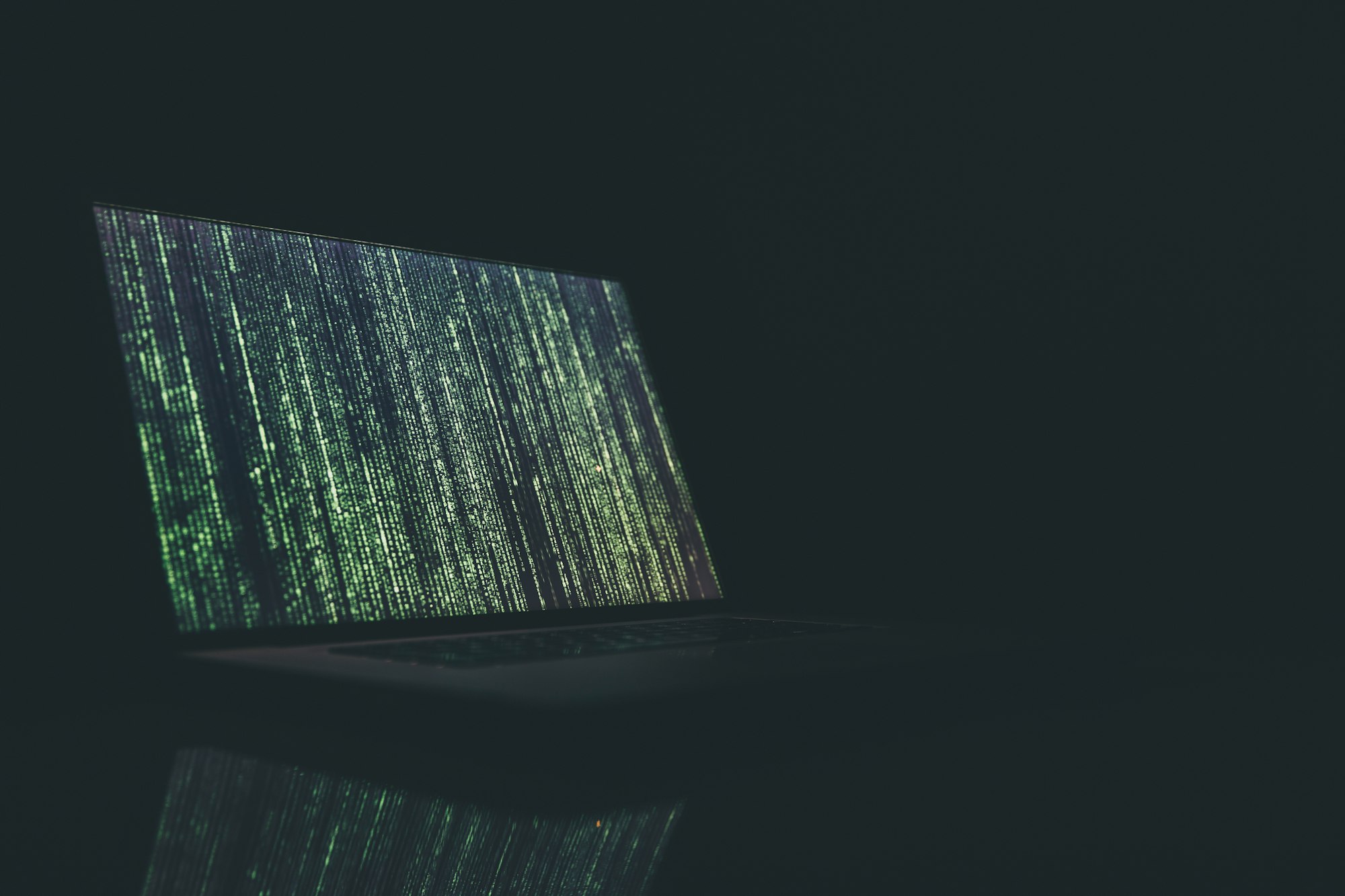
https://doi.org/10.59350/t7ghx-8f823 The following is compatible with Ubuntu 20.04 under Windows 10/11 WSL 2 ( Windows Subsystem for Linux). PETSc, the Portable, Extensible Toolkit for Scientific Computation is the main dependency required for building Underworld. In the following, I will describe my current workflow for configuring and installing PETSc on Linux.
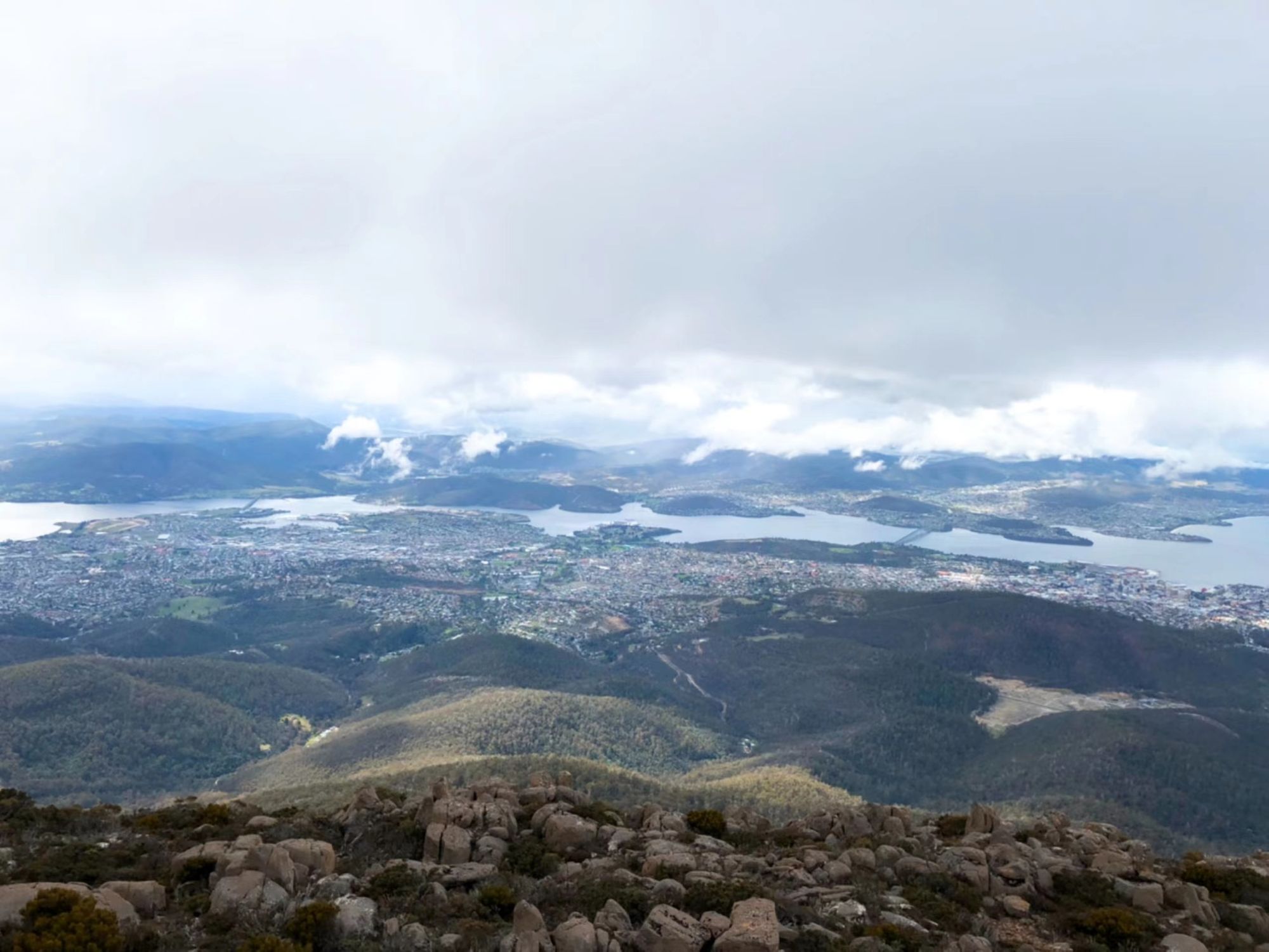
Free surface in geodynamics simulations Geodynamic simulations increasingly rely on models with a true free surface to investigate questions of tectonic deformation, mantle convection, and coupling of surface processes and lithosphere dynamics. Historically, most mantle convection simulations have been performed with free-slip boundary conditions at the surface.
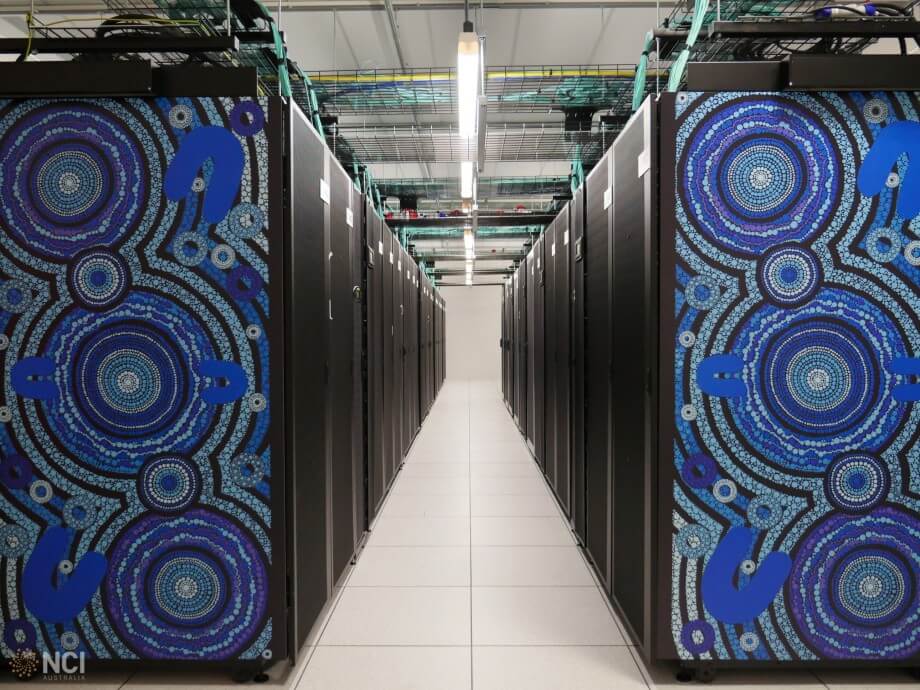
How does Underworld scale on a HPC? In this post we showcase how Underworld 2.11 scales across two of Australia's premiere HPC systems.Gadi - https://nci.org.au/our-systems/hpc-systemsMagnus - https://pawsey.org.au/systems/magnus/ The reference model chosen for this scaling showcase is a extended 3D stokes flow: Analytic Solution SolDB3D . Q1P0 elements were used and a fixed solver iteration count for solving the saddle point problem.

The new generation of Apple Mac comes with the new Apple Silicon (M1) chip which has an Arm architecture (as opposed to the older generation that had i386 Intel processor). This brings all manner of troubles and requirements for the development of codes.

To test scalability we run weak scaling tests on various HPC machines to check the numerical framework remains robust when pushing for higher fidelity models.
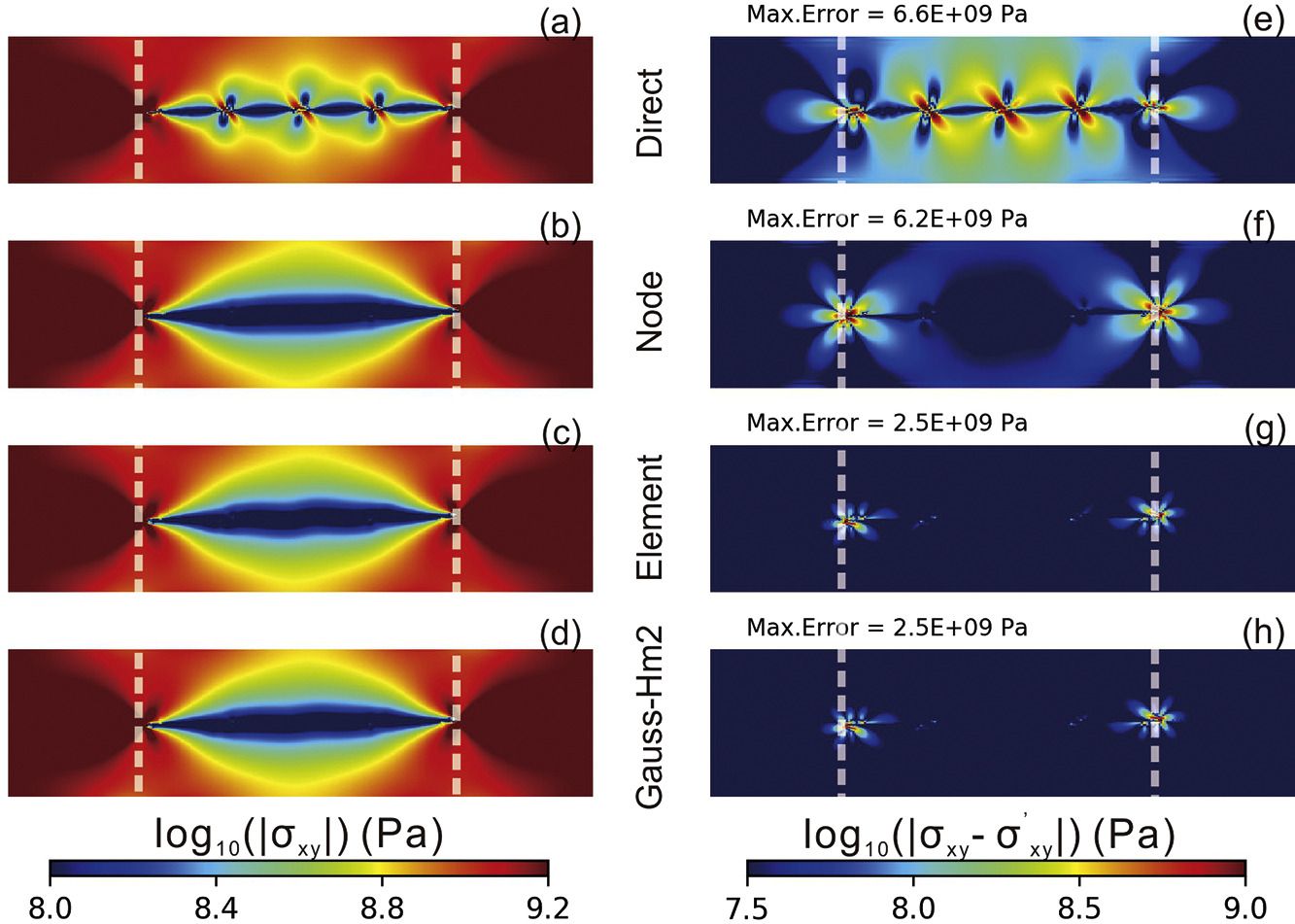
Issues with intra-element discontinuities in PIC-FEM The classical finite element method (FEM) has been widely used to simulate diverse problems in engineering. Unlike most engineering problems, geological simulations are dominated by emergence of geometrical structures due to the non-linear processes involved.

As mentioned, packages can be installed directly from our conda channel. You may however want to build your own package at some point in the future or you may want to fix some of ours by submitting a Pull Request on github (You are more welcome to do so...) The following goes through the steps of building a conda package for Badlands which contains Python and Fortran code.

Version control systems and online-communities such as Github have made contributing to the development of opensource software incredibly easy. That is assuming that people get over their initial fear of sharing their code! In this short blog post I go through how to submit a pull request to one of our repository. Do not fear and join us for some fun!

Sharing a workflow environment is also paramount if we want to make sure that reproducibility can be effectively tested. An environment management system such as conda allows us to do so.
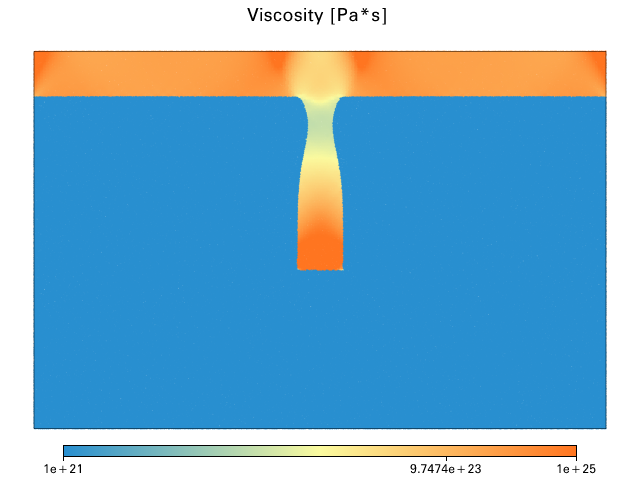
Underworld 2.10 has dropped... kidding this is a benchmark model proposed by Schmalholz, 2011, A simple analytical solution for slab detachment.